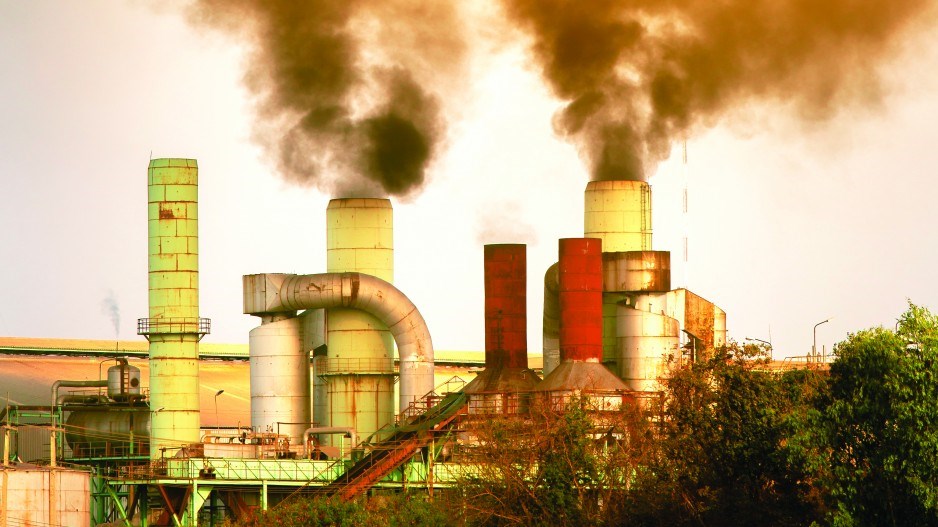The scooter that Mantra Energy Alternatives recently built as a demonstration project probably won’t win any prizes for style or break any speed records.
With its three fuel tanks connected by hoses, it’s a bit clunky.
It’s what powers the scooter that is remarkable: a mixed-reactant fuel cell, which the company claims is lighter and cheaper than conventional fuel cells.
And one of the chemical precursors for its fuel is carbon dioxide, which another technology that Mantra Energy developed – electro-reduction of carbon dioxide (ERC) – would capture from industrial flue-gas stacks.
It’s that kind of carbon capture technology innovation that CMC Research Institutes wants to foster and commercialize through its new Carbon Capture and Conversion Institute (CCCI), which is being set up in B.C.
The Alberta-based non-profit research centre – funded by the Government of Alberta – is focused on eliminating industrial greenhouse gases.
It is working with BC Research – Noram Engineering’s R&D division – and the University of British Columbia’s (UBC) chemical and biological engineering department to locate the CCCI in B.C., where a number of clean-tech companies are already working on pilot projects for capturing and using CO2 for various applications.
The CCCI will work with UBC, BC Research, industry, governments, international agencies and entrepreneurs to help develop, pilot and commercialize new carbon capture and use technology.
Mantra Energy CEO Larry Kristoff said CMC Research’s decision to set up CCCI in B.C. bodes well for his industry.
As industrialized countries grapple with climate change, reducing the amount of CO2 they produce has created a significant demand for carbon capture technology.
The International Energy Agency estimates $10 billion has already been spent in Canada and the U.S. on carbon capture technology over a five-year period, and a new BCC Research report estimates that there will be $32 billion worth of spending on carbon capture projects between 2014 and 2019. China is expected to play a leading role in using the technology.
That business potential has led venture capital firms like Vancouver’s Chrysalix Energy Venture Capital, Chevron Technology Ventures and Mitsui Global Investment to take a stake in B.C.-based Inventys Thermal Technologies, which has developed a process for removing CO2 from flue-gas stacks at one-third the cost of conventional technologies.
CMC Research hopes to have the CCCI running in B.C. within a year. B.C. was chosen for the CCCI largely because of its engineering expertise.
Once a technology is ready to move from the bench, BC Research and Noram Engineering will assist with developing pilot and demonstration projects.
Noram designs, builds and operates chemical plants all over the world, so it has the engineering expertise to take a technology from the pilot to the commercial stage.
BC Research is already working with Alberta’s Carbon Engineering to build a $4.5 million demonstration plant in Squamish that will remove CO2 from the atmosphere and then sell it for use in enhanced oil recovery.
Inventys is also focusing on enhanced oil recovery, which is currently the biggest market for carbon dioxide. Gases, including CO2, can be injected underground to maximize oil recovery from oil reservoirs.
CO2 can also be used as a building block for more complex molecules to make a variety of chemicals and synthetic fuels.
Mantra is still trying to raise the $2 million in grants it needs to build its first pilot project at the Lafarge cement plant in Richmond to demonstrate its ERC technology.
Although the CCCI will work with local scientists and entrepreneurs, it won’t be limited to Canadian technology.
“CMC’s mission is to eliminate industrial greenhouse gas emissions,” said CMC Research president Richard Adamson. “I don’t care whose technology it is, where it comes from, where the expertise lies. We’ll be trying to attract entrepreneurs and innovators from everywhere in the world to Canada.”




